Metal
Rubber
Plastic
Others
Interior
Exterior
Structural
Others
Heavy Commercial Vehicles
Light Commercial Vehicles
Passenger Vehicles
Others
North America Automotive Lightweight Material by MaterialMetal
Rubber
Plastic
Others
North America Automotive Lightweight Material by ApplicationInterior
Exterior
Structural
Others
North America Automotive Lightweight Material by Vehicle TypeHeavy Commercial Vehicles
Light Commercial Vehicles
Passenger Vehicles
Others
US Automotive Lightweight Material by MaterialMetal
Rubber
Plastic
Others
US Automotive Lightweight Material by ApplicationInterior
Exterior
Structural
Others
US Automotive Lightweight Material by Vehicle TypeHeavy Commercial Vehicles
Light Commercial Vehicles
Passenger Vehicles
Others
CANADA Automotive Lightweight Material by Fusion MaterialMetal
Rubber
Plastic
Others
CANADA Automotive Lightweight Material by ApplicationInterior
Exterior
Structural
Others
CANADA Automotive Lightweight Material by Vehicle TypeHeavy Commercial Vehicles
Light Commercial Vehicles
Passenger Vehicles
Others
Europe Automotive Lightweight Material by MaterialMetal
Rubber
Plastic
Others
Europe Automotive Lightweight Material by ApplicationInterior
Exterior
Structural
Others
Europe Automotive Lightweight Material by Vehicle TypeHeavy Commercial Vehicles
Light Commercial Vehicles
Passenger Vehicles
Others
GERMANY Automotive Lightweight Material by MaterialMetal
Rubber
Plastic
Others
GERMANY Automotive Lightweight Material by ApplicationInterior
Exterior
Structural
Others
GERMANY Automotive Lightweight Material by Vehicle TypeHeavy Commercial Vehicles
Light Commercial Vehicles
Passenger Vehicles
Others
FRANCE Automotive Lightweight Material by MaterialMetal
Rubber
Plastic
Others
FRANCE Automotive Lightweight Material by ApplicationInterior
Exterior
Structural
Others
FRANCE Automotive Lightweight Material by Vehicle TypeHeavy Commercial Vehicles
Light Commercial Vehicles
Passenger Vehicles
Others
UK Automotive Lightweight Material by MaterialMetal
Rubber
Plastic
Others
UK Automotive Lightweight Material by ApplicationInterior
Exterior
Structural
Others
UK Automotive Lightweight Material by Vehicle TypeHeavy Commercial Vehicles
Light Commercial Vehicles
Passenger Vehicles
Others
ITALY Automotive Lightweight Material by MaterialMetal
Rubber
Plastic
Others
ITALY Automotive Lightweight Material by ApplicationInterior
Exterior
Structural
Others
ITALY Automotive Lightweight Material by Vehicle TypeHeavy Commercial Vehicles
Light Commercial Vehicles
Passenger Vehicles
Others
SPAIN Automotive Lightweight Material by Fusion MaterialMetal
Rubber
Plastic
Others
SPAIN Automotive Lightweight Material by ApplicationInterior
Exterior
Structural
Others
SPAIN Automotive Lightweight Material by Vehicle TypeHeavy Commercial Vehicles
Light Commercial Vehicles
Passenger Vehicles
Others
Rest of Europe Automotive Lightweight Material by MaterialMetal
Rubber
Plastic
Others
Rest of Europe Automotive Lightweight Material by ApplicationInterior
Exterior
Structural
Others
Rest of Europe Automotive Lightweight Material by Vehicle TypeHeavy Commercial Vehicles
Light Commercial Vehicles
Passenger Vehicles
Others
Asia Pacific Automotive Lightweight Material by MaterialMetal
Rubber
Plastic
Others
Asia Pacific Automotive Lightweight Material by ApplicationInterior
Exterior
Structural
Others
Asia Pacific Automotive Lightweight Material by Vehicle TypeHeavy Commercial Vehicles
Light Commercial Vehicles
Passenger Vehicles
Others
China Automotive Lightweight Material by MaterialMetal
Rubber
Plastic
Others
China Automotive Lightweight Material by ApplicationInterior
Exterior
Structural
Others
China Automotive Lightweight Material by Vehicle TypeHeavy Commercial Vehicles
Light Commercial Vehicles
Passenger Vehicles
Others
Japan Automotive Lightweight Material by Fusion MaterialMetal
Rubber
Plastic
Others
Japan Automotive Lightweight Material by ApplicationInterior
Exterior
Structural
Others
Japan Automotive Lightweight Material by Vehicle TypeHeavy Commercial Vehicles
Light Commercial Vehicles
Passenger Vehicles
Others
India Automotive Lightweight Material by MaterialMetal
Rubber
Plastic
Others
India Automotive Lightweight Material by ApplicationInterior
Exterior
Structural
Others
India Automotive Lightweight Material by Vehicle TypeHeavy Commercial Vehicles
Light Commercial Vehicles
Passenger Vehicles
Others
Australia Automotive Lightweight Material by Fusion MaterialMetal
Rubber
Plastic
Others
Australia Automotive Lightweight Material by ApplicationInterior
Exterior
Structural
Others
Australia Automotive Lightweight Material by Vehicle TypeHeavy Commercial Vehicles
Light Commercial Vehicles
Passenger Vehicles
Others
Rest of Asia Pacific Automotive Lightweight Material by MaterialMetal
Rubber
Plastic
Others
Rest of Asia Pacific Automotive Lightweight Material by ApplicationInterior
Exterior
Structural
Others
Rest of Asia Pacific Automotive Lightweight Material by Vehicle TypeHeavy Commercial Vehicles
Light Commercial Vehicles
Passenger Vehicles
Others
Rest of World Automotive Lightweight Material by MaterialMetal
Rubber
Plastic
Others
Rest of World Automotive Lightweight Material by ApplicationInterior
Exterior
Structural
Others
Rest of World Automotive Lightweight Material by Vehicle TypeHeavy Commercial Vehicles
Light Commercial Vehicles
Passenger Vehicles
Others
Middle East Automotive Lightweight Material by MaterialMetal
Rubber
Plastic
Others
Middle East Automotive Lightweight Material by ApplicationInterior
Exterior
Structural
Others
Middle East Automotive Lightweight Material by Vehicle TypeHeavy Commercial Vehicles
Light Commercial Vehicles
Passenger Vehicles
Others
Africa Automotive Lightweight Material by MaterialMetal
Rubber
Plastic
Others
Africa Automotive Lightweight Material by ApplicationInterior
Exterior
Structural
Others
Africa Automotive Lightweight Material by Vehicle TypeHeavy Commercial Vehicles
Light Commercial Vehicles
Passenger Vehicles
Others
Latin America Automotive Lightweight Material by MaterialMetal
Rubber
Plastic
Others
Latin America Automotive Lightweight Material by ApplicationInterior
Exterior
Structural
Others
Latin America Automotive Lightweight Material by Vehicle TypeHeavy Commercial Vehicles
Light Commercial Vehicles
Passenger Vehicles
Others

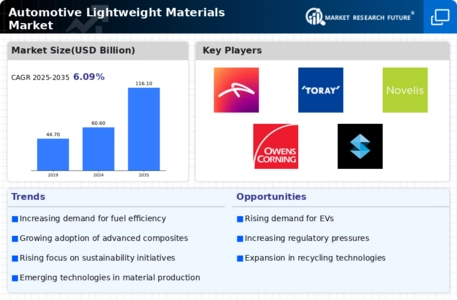
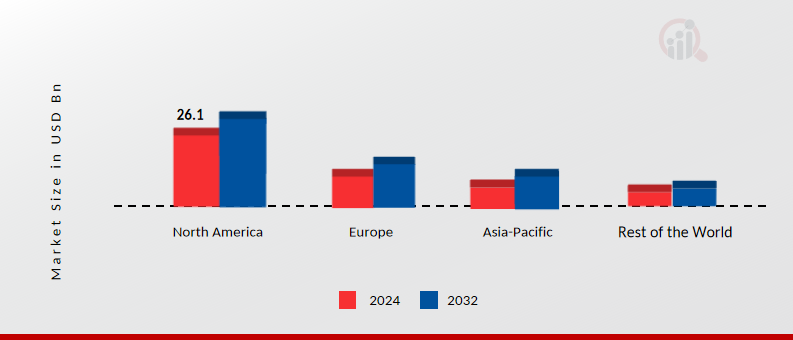
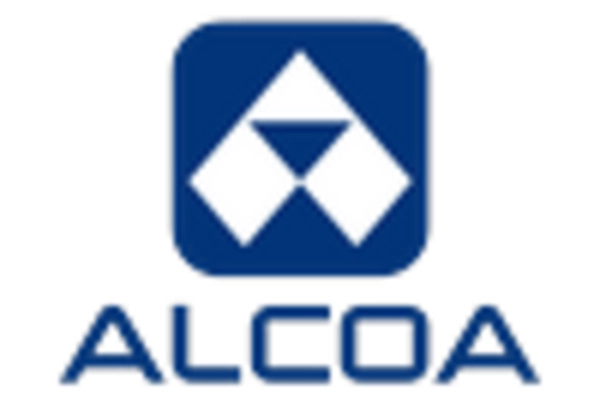


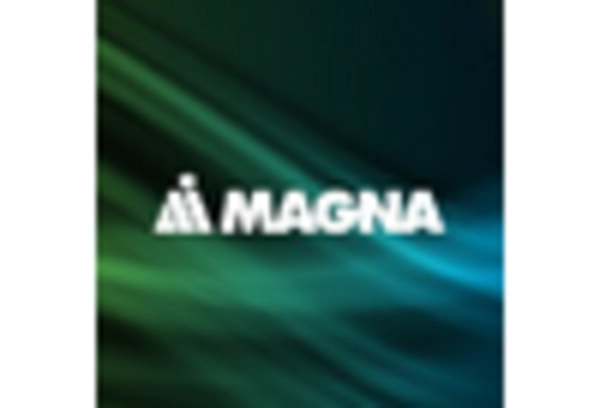
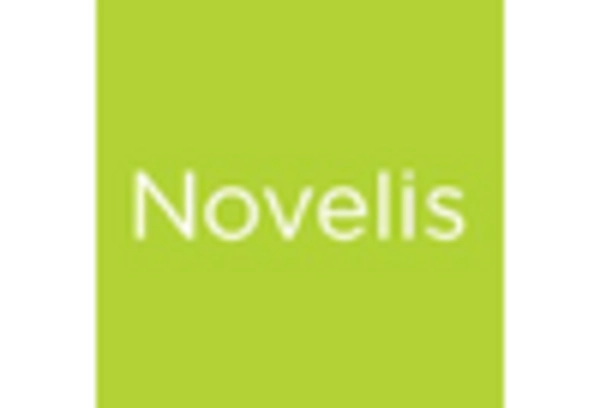
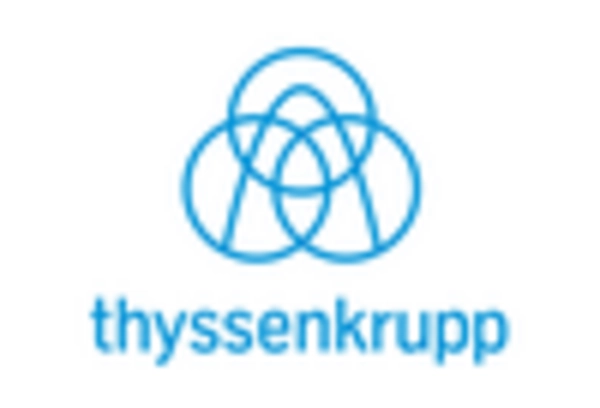

Leave a Comment